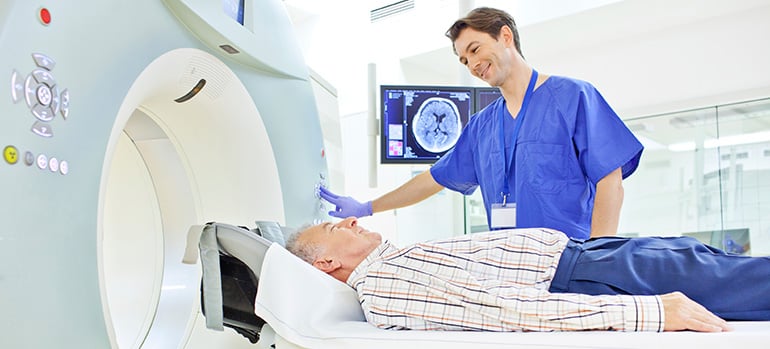Field Evaluations for Medical Electrical Equipment

26 Jul 2016
An Overview of the Requirements Under SPE-3000
As of July 1, authorities having jurisdiction (AHJs) in Canada will insist that medical electrical equipment and systems comply with SPE 3000, which sets requirements for the construction, marking and field evaluation testing of these devices. The code will impact manufacturers, distributors, doctors, hospitals, clinics and others who will need to ensure their products are compliant in the Canadian market. As such, it is important to become familiar with the code and its requirements.
SPE 3000 is geared toward the safety of medical electrical equipment and systems sold in limited quantities in Canada. It applies to custom-built equipment, equipment manufactured on a non-repetitive basis and equipment not obtainable as "certified" under a regular certification program. As such, it requires field evaluations by an accredited third party testing agency.
Much of the general requirements under SPE 3000 are related to mitigating hazards, such as electrical shock, fire and mechanical malfunction, along with classification of the equipment or system and its components. The standard also contains more specific requirements for device construction (which includes electrical components, enclosures and their openings, mechanical assembly, stability and interlocks, among other construction) and marking, which must be permanent, visible without an aid and in appear in both English and French. The markings must include manufacturer name and trademark, model type designation, supply voltage, frequency, current/power, enclosure type classification (if applicable) and requirements for cooling provisions (if applicable).
Testing requirements under SPE 3000 include:
- Dielectric voltage withstand test: Assesses the viability of insulation used within the equipment or system.
- Flame test: Ensures that material not continue to burn for more than five seconds after a flame has been removed from a vulnerable area after 15 seconds. This test may be repeated at different spots, if needed.
- Strain relief (power cord) test: The power cord must withstand, for one minute, a direct pull equal to three times the mass of the device or 15.9 kg, whichever is less and the cord must be prevented from rotating or being pushed into the equipment through the entry hole.
- Leakage current test: Measuring leakage current must be performed to give the same result as when measured in the single-fault condition. For permanently installed equipment, measuring leakage current is not required if the leakage measures against electric shock in the supply main are judged to be adequate.
- Other tests may include: input rating, temperature, stability and support device.
With compliance to SPE-3000 now required in Canada, it is important for those in the industry understand what is expected under the code, in order to achieve compliance. For more insights, download our free white paper.
